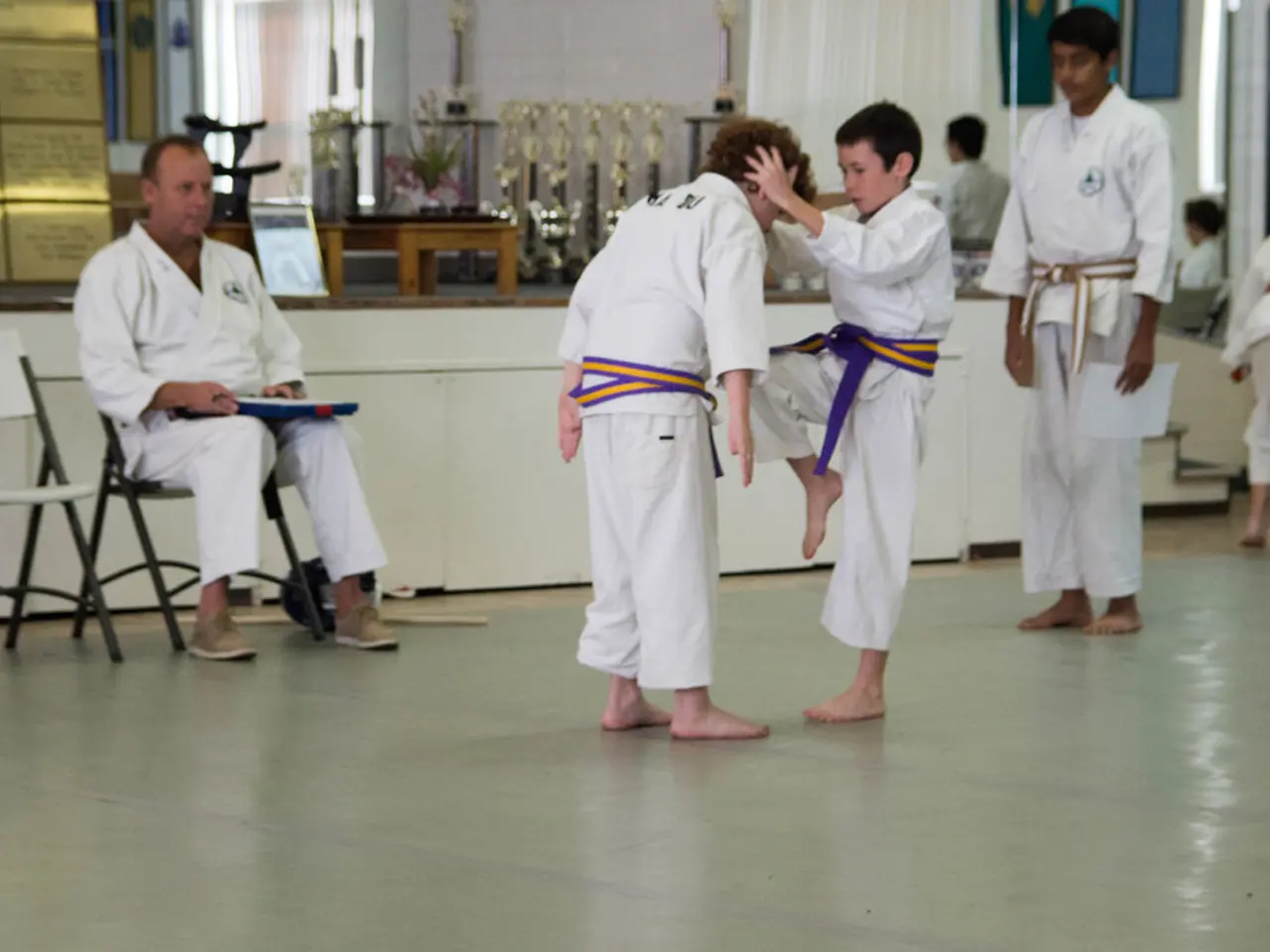The Ineffectiveness of Memorization-Based Learning and Alternative Approaches
In the realm of education, a significant shift is underway, moving away from traditional rote learning methods and towards active recall, critical thinking, and deeper understanding. This transformation aims to prepare students for the complexities of the future by fostering self-directed learners who can solve complex problems creatively.
Mind mapping, a technique that helps students organize and connect ideas, is becoming increasingly popular. By making connections and understanding, we build strong knowledge networks that aid us in learning more effectively in the future, improving our memory, thinking, and problem-solving skills.
Multisensory learning, which uses multiple senses to learn, is another key approach. This method makes learning easier to understand and remember, boosting working memory and cognitive development. It also helps students connect new information to what they already know, making learning and remembering new concepts more straightforward.
Active recall, a learning method that makes students think hard to remember information, is essential for effective learning. By testing ourselves over and over, we can improve learning and help students do well in school. Active recall can be achieved through various means, such as using real-life examples, asking open-ended questions, doing project-based learning, and using educational games and edutainment apps.
The use of technology in education is also transforming the learning landscape. Technologies like educational apps and virtual reality are making learning fun, promoting teamwork, and boosting critical thinking. Gamification, which adds game elements to learning, keeps students engaged and helps them learn better.
Blended learning, a promising tech approach, mixes old and new methods, allowing students to enjoy online resources and classroom learning together. This approach offers interactive learning, tailored paths, and quick feedback, making education more personalized and effective.
Personalized learning creates a supportive learning environment by teaching in a way that fits each child's style and interests. By encouraging active learning, sparking curiosity, and providing context, we can make learning fit each child's needs and interests, fostering a love for learning.
Critical thinking is another essential aspect of modern education. Strategies to promote critical thinking and deep understanding beyond rote learning include Problem-Based Learning (PBL), Active Learning, Using Higher-Order Thinking Skills (HOTS), Open-Ended Questions, Collaborative Learning Environments, and Critical Evaluation of Information.
PBL presents real-world problems for students to solve, fostering analysis, evaluation, and synthesis skills. Active Learning engages students actively through problem-solving, discussion, collaboration, and application of knowledge in authentic contexts. HOTS designs lessons that require analysis, evaluation, and creation rather than memorization, helping develop the intellectual virtues needed for critical thinking.
Open-ended questions encourage students to express reasoning, think deeply, and engage in reflective thinking. Collaborative Learning Environments, such as group work and the use of tools like whiteboards for problem-solving, encourage sharing diverse perspectives, communication, and collective reasoning. Critical Evaluation of Information teaches students to examine the accuracy, logic, bias, and perspectives underlying information, helping develop deeper understanding and intellectual integrity.
By using these methods, we can raise a generation of thinkers, problem-solvers, and innovators, ready to tackle complex, real-world issues with sound reasoning and creativity. Deep learning techniques help us see how different subjects are connected, making learning and remembering easier. Together, these strategies move students beyond memorization, fostering intellectual engagement and the ability to tackle complex, real-world issues with sound reasoning and creativity.
Play strategies, such as gamification and educational apps, are influential in modern education as they make learning more interactive and fun, promoting teamwork and critical thinking. In the realm of education-and-self-development and personal-growth, learning strategies like mind mapping and active recall improve memory, thinking, and problem-solving skills, while promoting deeper understanding and self-directed learning.




